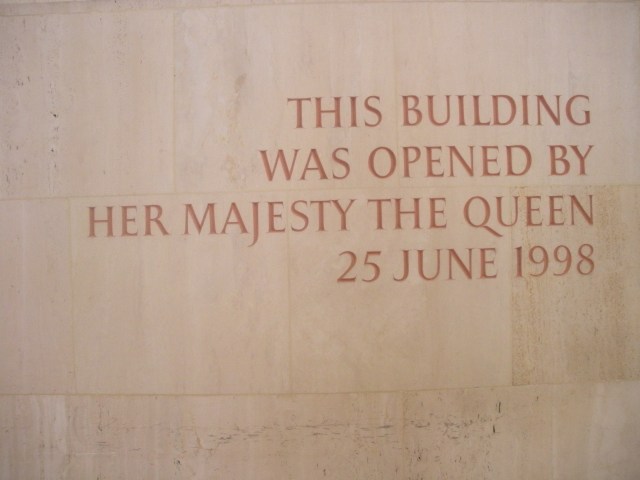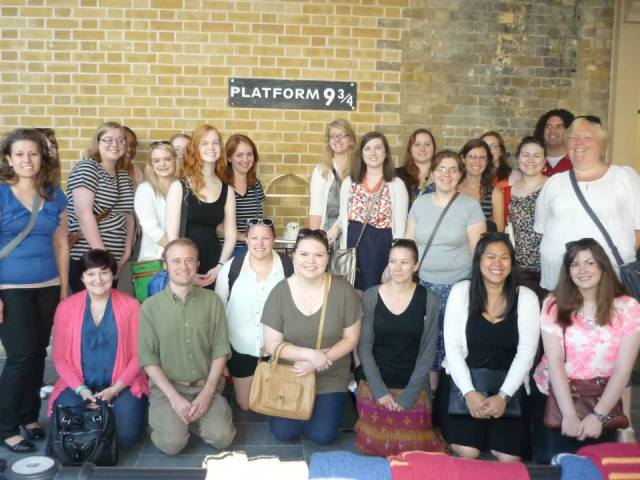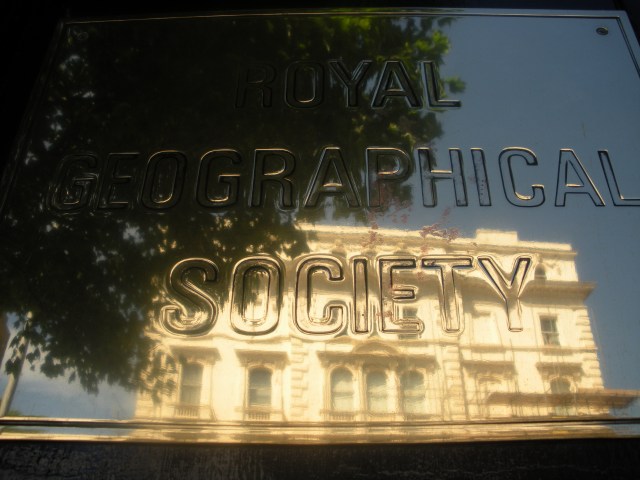Third Class Blog Post:
Our plan for the day was to tour the British Library. First, we took the tube to King’s Cross Station where we stopped to take a class photo at Platform 9 3/4. We got there at a great time because we didn’t have to queue for long. There’s a little gift shop adjacent to the platform, so I popped in to look.
At the British Library, we visited the gift shop. I’ve come to realize that there is probably always going to be a gift shop everywhere we visit and I must actively avoid buying all the things. So far, so good.
Our tour guide, a librarian named Kevin, gave us some background information about the British Library. Its American equivalent would be the Library of Congress. I can hardly cope with the sheer amount of work they do at the British Library because it is a legal deposit library, meaning that this library receives a copy of every printed item in the UK and Ireland directly from the publisher. Its three main obligations are to collect published output within three months, maintain said materials, and make those items available. That is a lot of processing across multiple departments – acquisitions, technical services, and cataloguing come to mind first.
One of the most interesting aspects of the British Library was the storage and retrieval of items. I have toured the University of South Carolina’s annex, where I first learned about shelving by size rather than traditional call numbers to maximize space, which is something they also do at the British Library. Libraries almost don’t seem like libraries without a Dewey Decimal or Library of Congress call number (to me at least). Since the British Library is a legal deposit library, storage is a vital.
Some people might be confused by the system at the British Library because the items are not browseable, that is if someone who is interested in researching the Monarch butterfly wants a book about Monarch butterflies, they cannot manually find and retrieve the book him- or herself. They have off-site storage, but it does take an average of 48 hours to deliver the book. Some of the books are stored underground, which is actually the largest subterranean facility in Europe. Apparently the largest subterranean facility in the world is a prison in Colorado. I definitely think that says something about differing social values in our respective countries.
I digress. Since one cannot browse the shelf for 595.789 (the Dewey Decimal call number for Monarch butterflies), a reader may request items in the online catalogue. An automated book retrieval system receives the information and then a mechanical book delivery system delivers the items. This system makes for a relatively quick and easy retrieval system. The order-to-pick up process must be under an hour and 10 minutes to maintain federal funding. That is a lot of pressure to keep the system working properly. Engineers check the systems every Sunday to ensure that things run smoothly.
This system somewhat reminds me of the BookBot at the Hunt Library because of its use of automation and storage. The BookBot uses technology to better service and the Hunt Library also shelves items by size to save space. I think that both libraries are quite innovative in the ways they solve problems of storage and service. I love learning about ways libraries evolve to meet changing needs. I think that ability to adapt is crucial to a library’s successful survival.
Since the readers/patrons/users cannot retrieve the books or other materials themselves, they must send their items to a reading room. Though the books are not shelved by subject, the reading rooms are still categorized by subject matter (humanities, science, rare, etc.). This system allows readers to have access to subject-appropriate reference librarians. I never thought about structuring reference work this way because I have never witnessed it or worked in such a huge library before.
These types of services and setups are alternative systems that I do not recall reading about in any of our introductory and/or reference textbooks. We read about single service points, roving, and reference work versus reference transactions, but I do not recall information about alternative shelving systems, automated book retrievals, and their subsequent effects on reference work. This visit was most illuminating, as I learned about other ways libraries function.
After our trip to the British Library, the gals and I headed to an exhibit at the Royal Geographic Society. I’m glad that we visited because it ended the next day. The photographs highlighted a variety of environmental issues around the world such as pollution, infanticide, and climate change. It is amazing how much a photograph can say about the topic at hand. Much to consider, friends.


